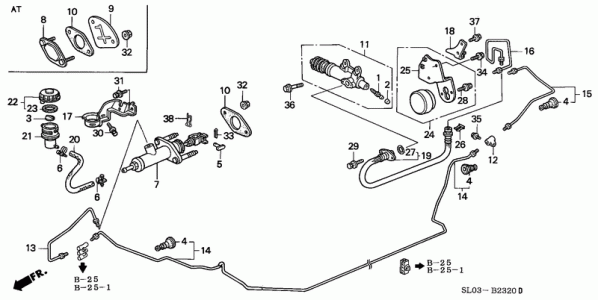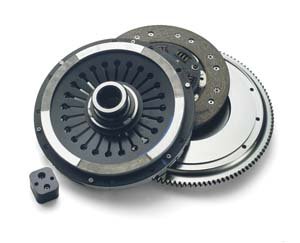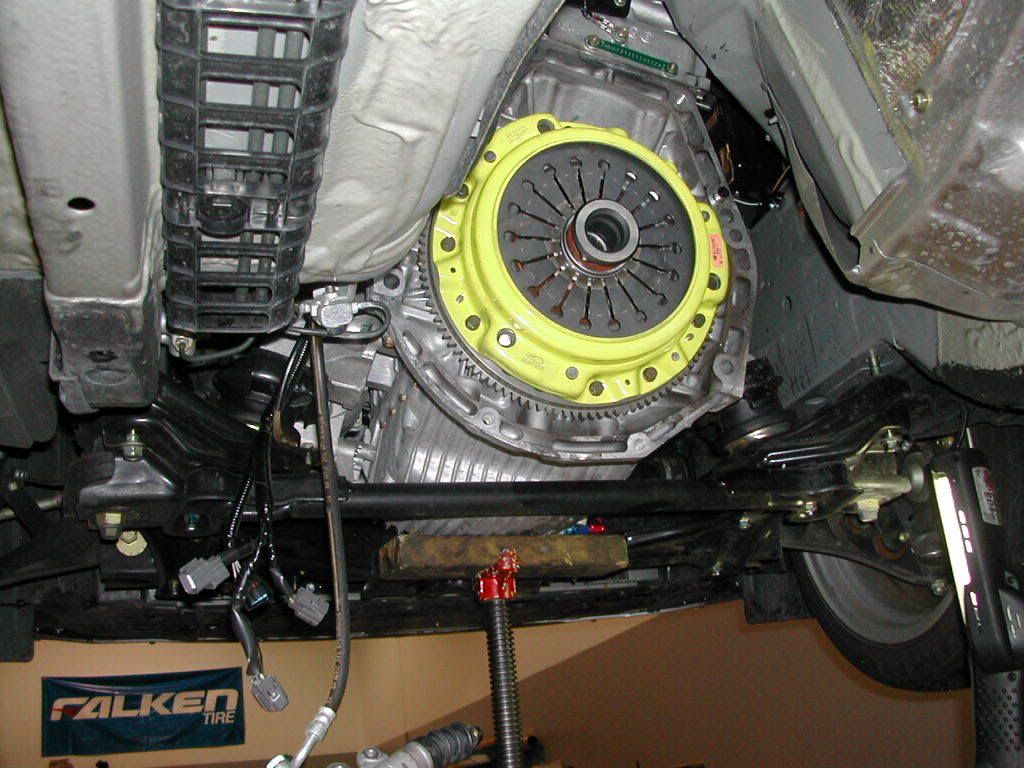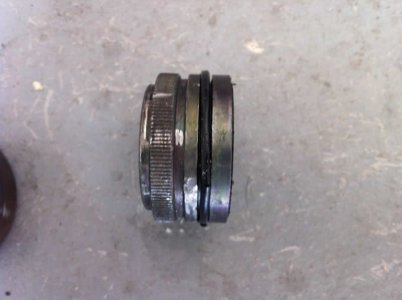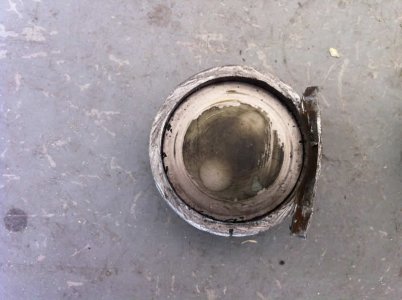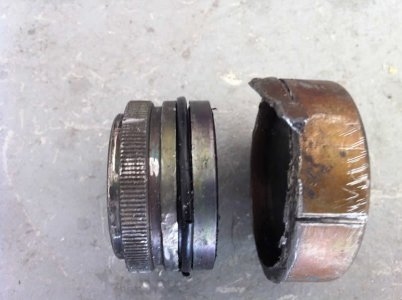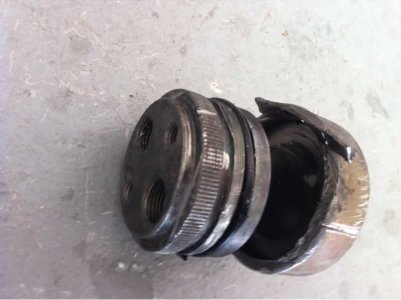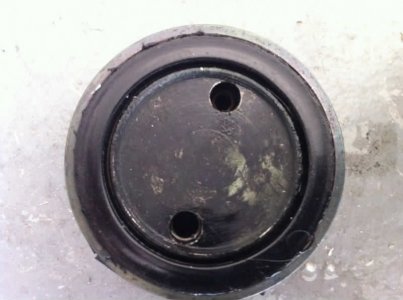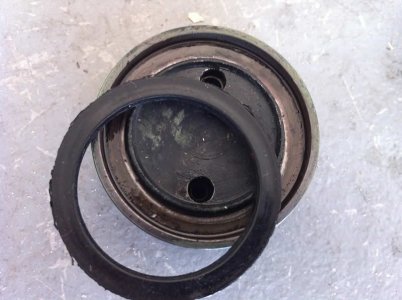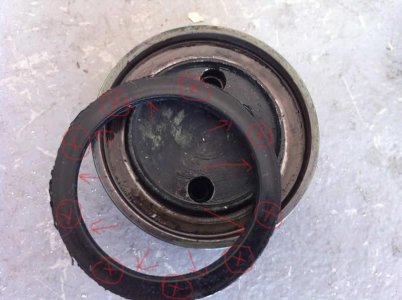So it has come to my attention that our cars, up to 97 anyways... come with a Clutch Damper. After much discussions and thoughts I come up with the following comments.
Why do we need one.
Is this little device the reason clutch feel is different on various cars that are running stock clutch?
Is this why some clutches wear out faster than others if this is not working as designed?
Can a person delete this device and be happy and have more usable initial clamping force. I'm not saying more clamping force, just that it is there fully sooner.
Now, my speculation.
My thoughts are because of the design and mechanics of our pull to release clutch system, this device was added to modify the timing of the clamping of the pressure plate to the clutch and flywheel on release of the pedal.
Now if I am right there then:
The device would let the full pressure go directly from the master to the slave when you step on the clutch and this would instantly disengage the clutch.
Then as you release the clutch pedal, the device kicks in and slows the fluid traveling back to the master, thus slowing the clamping action on the disk and flywheel from the pressure plate.
Think of it as an old saloon with windows and a two way swinging door. Most clutches are this way. When your open for business, your customers can come in through the swinging doors and the windows and at closing they can leave through the swinging doors and the windows. Everything is equal and everyone is in and out at the same time.
Now on the Nsx Saloon, things are different.
They installed one way doors that swing in only.
So you get all your patrons in fast through the doors and the windows, but on the way out, the doors won't open so everyone has to go out through the windows, thus slowing things down.
Well this is the best I can come up with for this device.
My car has seen atleast 4 clutches through its 4 owners in 110,000 miles and there must be more to it than poor clutchers.......lol
Has anyone cut one of these open to see what is inside?
Has anyone taken one out of the system and what happened?
Just wondering and thinking, maybe too much.
Trev
Its piece 24 in the attached.
Why do we need one.
Is this little device the reason clutch feel is different on various cars that are running stock clutch?
Is this why some clutches wear out faster than others if this is not working as designed?
Can a person delete this device and be happy and have more usable initial clamping force. I'm not saying more clamping force, just that it is there fully sooner.
Now, my speculation.
My thoughts are because of the design and mechanics of our pull to release clutch system, this device was added to modify the timing of the clamping of the pressure plate to the clutch and flywheel on release of the pedal.
Now if I am right there then:
The device would let the full pressure go directly from the master to the slave when you step on the clutch and this would instantly disengage the clutch.
Then as you release the clutch pedal, the device kicks in and slows the fluid traveling back to the master, thus slowing the clamping action on the disk and flywheel from the pressure plate.
Think of it as an old saloon with windows and a two way swinging door. Most clutches are this way. When your open for business, your customers can come in through the swinging doors and the windows and at closing they can leave through the swinging doors and the windows. Everything is equal and everyone is in and out at the same time.
Now on the Nsx Saloon, things are different.
They installed one way doors that swing in only.
So you get all your patrons in fast through the doors and the windows, but on the way out, the doors won't open so everyone has to go out through the windows, thus slowing things down.
Well this is the best I can come up with for this device.
My car has seen atleast 4 clutches through its 4 owners in 110,000 miles and there must be more to it than poor clutchers.......lol
Has anyone cut one of these open to see what is inside?
Has anyone taken one out of the system and what happened?
Just wondering and thinking, maybe too much.
Trev
Its piece 24 in the attached.
Attachments
Last edited:


